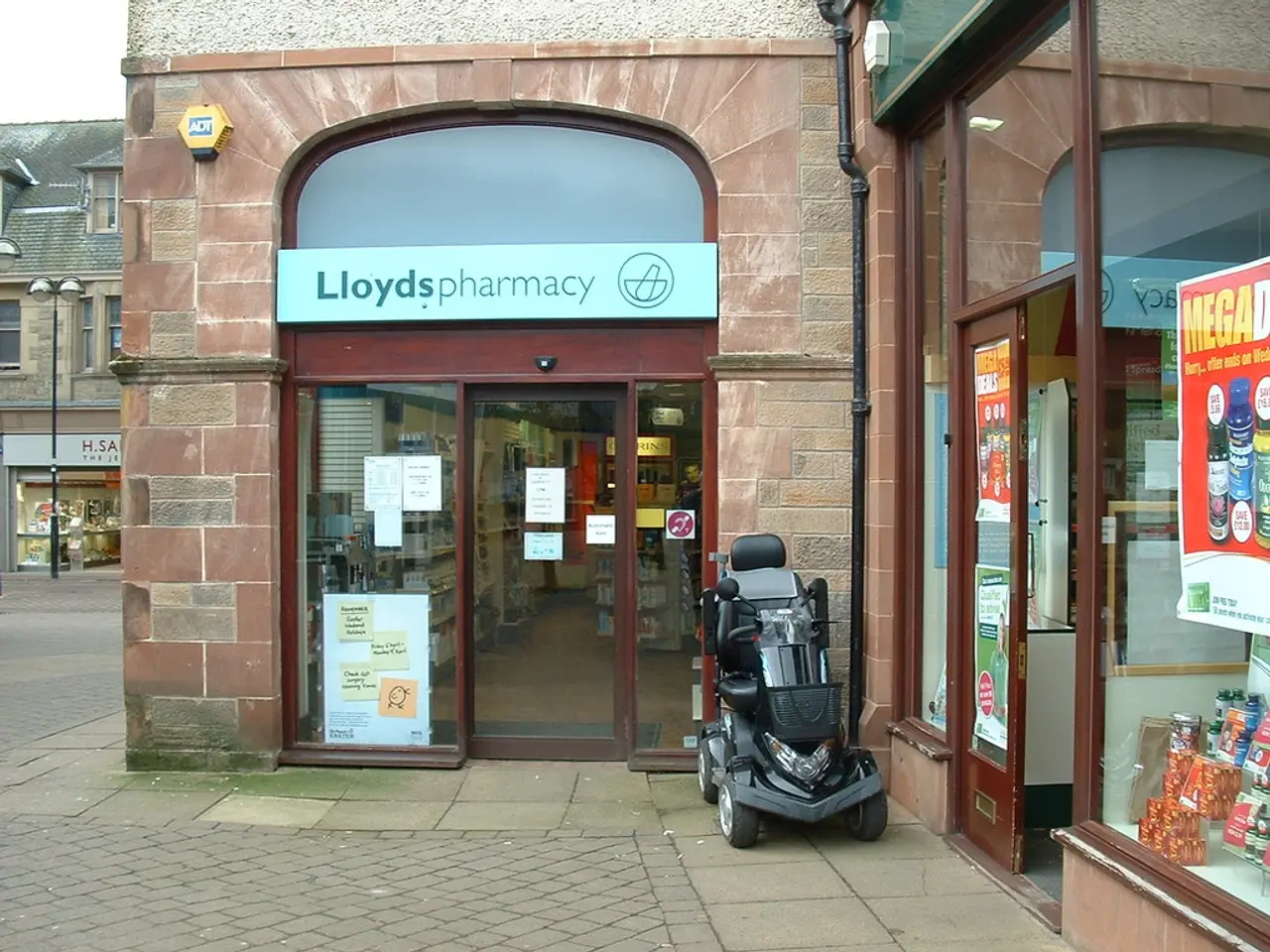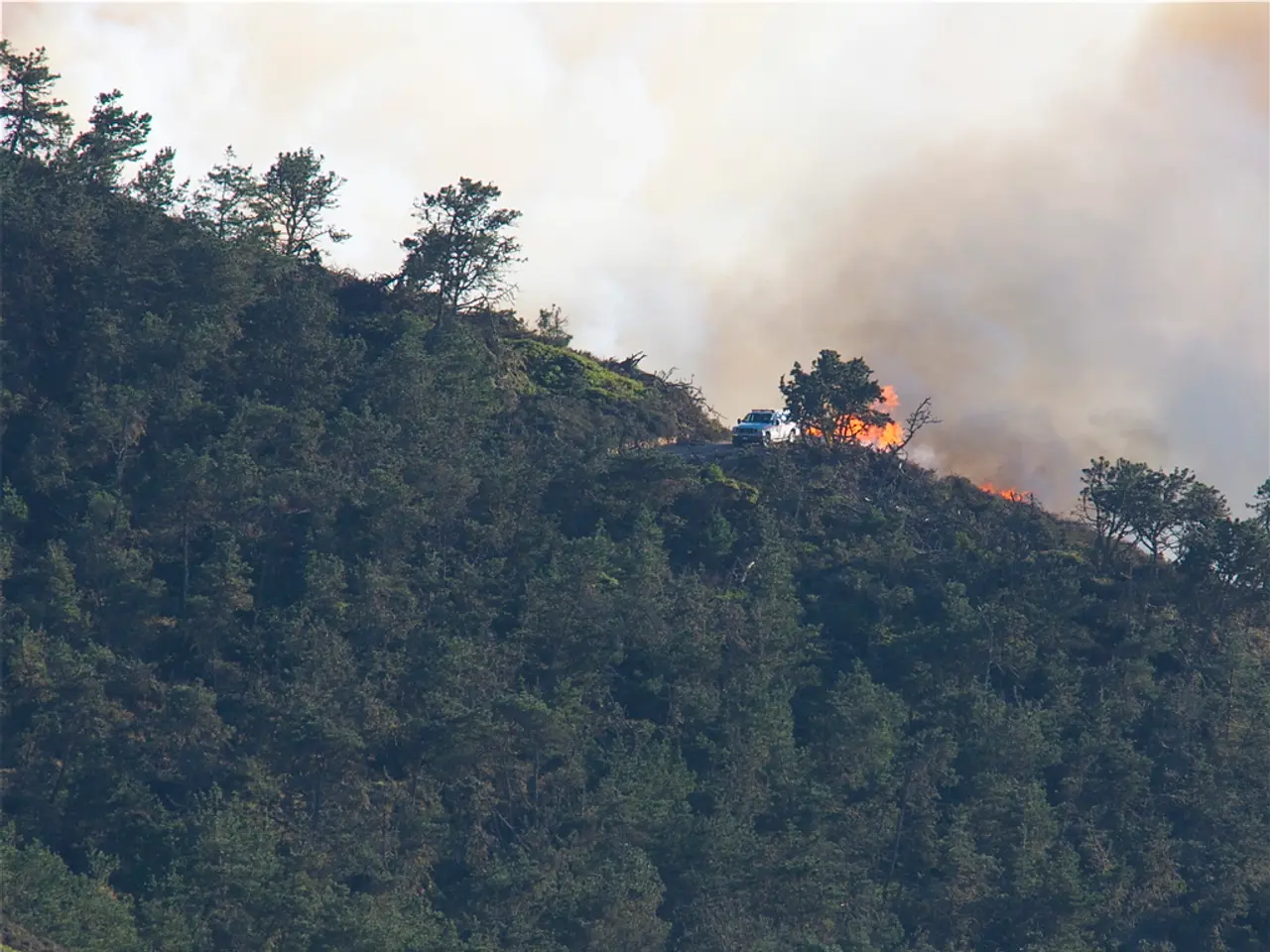BBL-Related Fat Embolism: Recognizing Symptoms, Identifying Causes, and Implementing Preventive Measures
Warning Signs of Fat Embolism After Brazilian Butt Lift (BBL) Surgery
A Brazilian Butt Lift (BBL) is a popular cosmetic procedure that involves transferring fat from other parts of the body to enhance the size and shape of the buttocks. However, this procedure comes with potential risks, including the possibility of fat embolism.
Fat embolism occurs when fat particles get into the bloodstream and block circulation, causing serious complications. It is the leading cause of death from BBL surgery, with a death rate from gluteal fat grafting potentially as high as 1 in 3,000.
Symptoms of fat embolism after BBL can appear soon after the procedure, within 48 hours, but they may also develop at a later stage. Here are some warning signs that warrant immediate medical attention:
Respiratory symptoms: - Difficulty breathing or rapid breathing - Shortness of breath - Chest pain
Cardiovascular symptoms: - Fast heart rate (above 100 beats per minute) - Irregular heartbeats
Neurological symptoms: - Confusion - Headaches
General systemic symptoms: - Fatigue - Fever - Nausea - Dizziness
Skin symptoms: - Red or purple rash (petechiae) - Scabbing or discoloration near treated areas
Signs of infection or fat necrosis: - Foul odor ("BBL smell") - Swelling - Redness - Discharge
Additional symptoms that require immediate medical attention after a BBL include: - Shortness of breath - Irregular heartbeats - Worsening pain - Signs of infection such as yellow or green discharge or scabbing near the injection site
Fat embolism after BBL is a medical emergency and requires prompt diagnosis and treatment to prevent mortality. Patients are advised to seek immediate care if they experience any of these symptoms following their procedure.
To minimise the risk of fat embolism, it is essential to choose a licensed, experienced surgeon who is knowledgeable about the procedure and its associated risks. During the consultation, you can ask the surgeon to only graft the fat under the skin - not into the muscle or deep muscle. The Multi-Society Task Force for Safety in Gluteal Fat Grafting (MSTFSGFG) recommends this approach.
A 2017 study surveyed data from 692 surgeons who reported data on nearly 200,000 BBL surgeries, with 32 fatal and 103 nonfatal embolisms reported. This underscores the importance of being informed and vigilant about the potential risks associated with BBL surgery.
In conclusion, while BBLs can enhance physical appearance, they also involve a high-risk procedure due to the possibility of fat embolisms. By being aware of the warning signs and choosing a skilled, experienced surgeon, patients can take steps to minimise the risks and ensure a safe and successful procedure.
It is crucial to be aware that fat embolism, a life-threatening condition, can occur following a Brazilian Butt Lift (BBL), a cosmetic procedure, due to fat particles blocking circulation.The signs and symptoms of fat embolism, which necessitate immediate medical attention, include respiratory issues like difficulty breathing, chest pain, cardiovascular problems such as a fast heart rate, and neurological symptoms like confusion and headaches.*To reduce the risk of fat embolism after a BBL, selecting a knowledgeable and experienced surgeon who only grafts fat under the skin, rather than into the muscle or deep muscle, is highly recommended by the Multi-Society Task Force for Safety in Gluteal Fat Grafting (MSTFSGFG).




